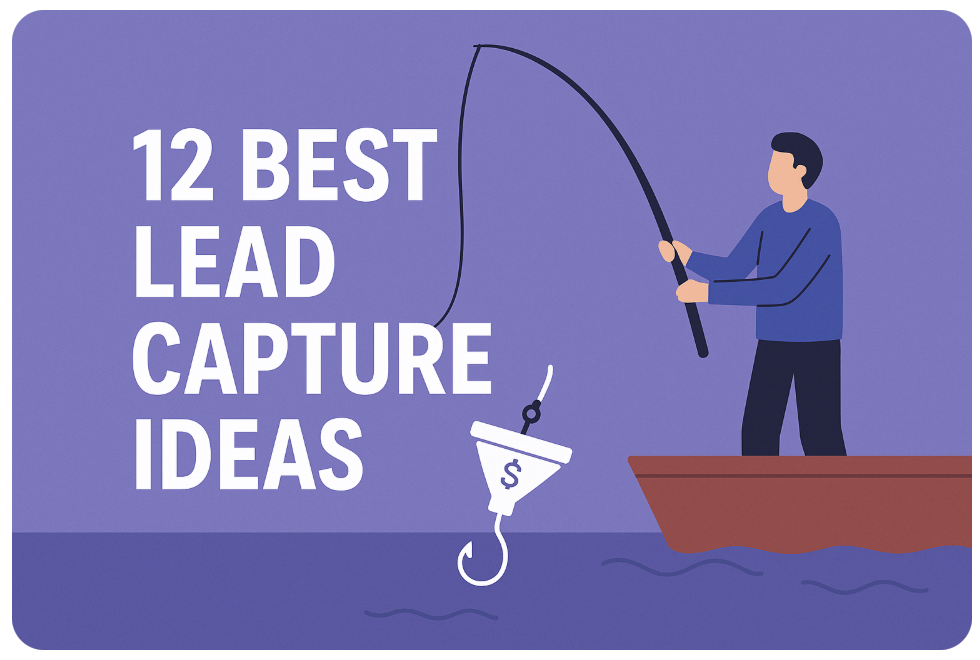Shanfelt shows how META ads can power first party data

With pressure to grow owned audiences, publishers are thinking harder about creating social media campaigns that directly register users’ emails.
One example was touted in a recent webinar, “2 ways to grow your audience with META ads,” by Eric Shanfelt, CEO of Nearview Media.
New England Lacrosse Journal tackled the challenge with a paid campaign that prompts readers to sign up to read the cover story, which is also the image for the ad.
An especially successful cover story touted:
See our preseason boys across prep school rankings, which is part of our full coverage season preview!
The paid campaign generated 1,000 leads at $.85 a lead.
It may sound expensive – and is certainly not free – but consider the value of a 10,000 email list. That level of owned audience data can easily generate $5,000 monthly in newsletter advertising; plus sometimes, co-sponsors can pay for some or all of the original investment.
Google who?

His standard methodology for growing the audience typically has five steps that include reaching the potential market and bringing them to the website, capturing an email, converting to a paid subscriber, and retaining the customer.
 However, lead-gen campaigns skip a step.
However, lead-gen campaigns skip a step.
“Usually, it is hard to jump stages, ” Shanfelt noted. A carefully crafted and tested message is the key.
The biggest challenge for the Lacrosse Journal campaign is that “it is based on the cover story, which is swapped out each month.’
 However, the good news is that the editors got involved in writing the copy, and the variety of stories provides data on what works best. Top-producing META ads can be turned into evergreen campaigns that continue to run long after the season.
However, the good news is that the editors got involved in writing the copy, and the variety of stories provides data on what works best. Top-producing META ads can be turned into evergreen campaigns that continue to run long after the season.
While the news is fleeting and sports are seasonal, stories and other data can be repurposed as evergreen. Shanfelt mentioned a publisher of an aviation magazine that created an email sign-up to receive a one-page checklist called a kneeboard that puts every step required on the flight into one page.
“They got thousands of downloads off one page that took him 30 minutes to assemble. It is still running.” Shanfelt said.
 Another example of an evergreen registration capture campaign is Kenny Katzgrau’s white paper, The Ten Advantages: How Magazine and Hyperlocal News Publishers Will Win, which was designed to gain email registrations directly from social posts on LinkedIn.
Another example of an evergreen registration capture campaign is Kenny Katzgrau’s white paper, The Ten Advantages: How Magazine and Hyperlocal News Publishers Will Win, which was designed to gain email registrations directly from social posts on LinkedIn.
While the white paper, designed to collect leads for Broadstreet, an ad tech software company, was promoted on the website, a paid campaign also retargeted people who had visited the link.
 Famously, Google noted and subpoenaed Katzgrau, the publisher of a local news website, RedBankGreen, in its anti-trust trial. Google, it turns out, wanted to use Katzgrau’s white papers to show that small companies could compete with the world’s largest search engine.
Famously, Google noted and subpoenaed Katzgrau, the publisher of a local news website, RedBankGreen, in its anti-trust trial. Google, it turns out, wanted to use Katzgrau’s white papers to show that small companies could compete with the world’s largest search engine.
But Katzgrau had the last laugh.
He ramped up the message on the landing page by adding “The Publisher Strategy Guide that Got Us a Subpoena from Google” and used it to generate even more email sign-ups for the whitepaper.
The day after virtually testifying at the trial, Katzgrau video-blogged how it went (it was boring) while skateboarding to work. Then he posted the video on LinkedIn.






